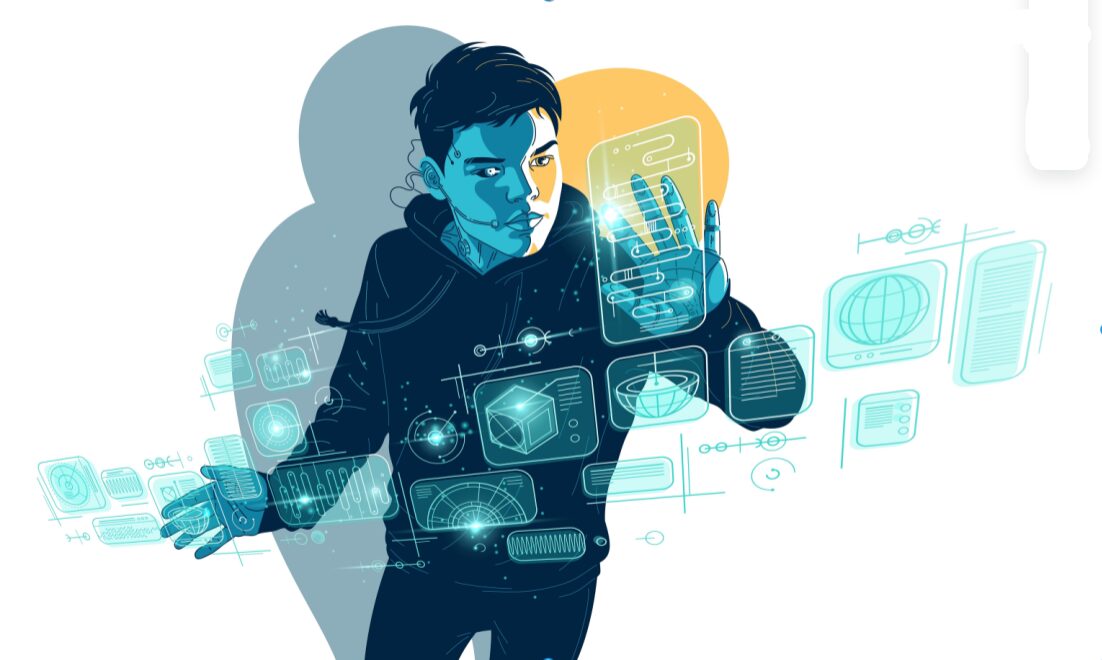Source
Summary
The Education Hazards of Generative AI provides a basic scientific overview of how large-language models (LLMs) work and connects this knowledge to practical implications for educators.
This document is intended as a resource for teachers, principals, school district administrators, parents, students, policymakers, and anyone else thinking about using generative AI for educational purposes.
Key Findings
The widespread commercial deployment of LLMs, also referred to as chatbots in this document, has generated a tremendous amount of excitement, including in education. Already, teachers and administrators report using chatbots with increasing frequency. There is no shortage of hype about how LLMs will “revolutionize” education.
But although there are promising use cases for LLMs in education, there are also potential education hazards involved with using them. Chatbots are tools and, as with any tool, the failure to understand how they work may result in using them for purposes they are not well-suited for. This document highlights areas of concern where misconceptions about how LLMs function may lead to ineffective or even harmful educational practices.
The Education Hazards of Generative AI is intended as an introductory overview and is far from comprehensive.
As a technology product, LLMs are continually being updated by the companies that deploy them, and our scientific understanding of how they function continues to evolve. That notwithstanding, and because educators are the professionals who bear the ultimate responsibility for instruction and student learning, we hope that this document is helpful in making decisions about whether or how to use generative AI in education today.
Key Takeaways
The reports four sections are set off by four question-and-answer headings that seek to put the technology in its place:
-
- Do large-language models learn the way that humans do? No.
- Can large-language models reason? Not like humans.
- Does AI make the content we teach in schools obsolete? No.
- Will large-language models become smarter than humans? No one knows.
READ FULL REPORT →
[Related: Is AI in schools promising or overhyped? Potentially both, new reports suggest]
[Related: One-third of teachers have already tried AI, survey finds]
View Youth Today's Report Library






























